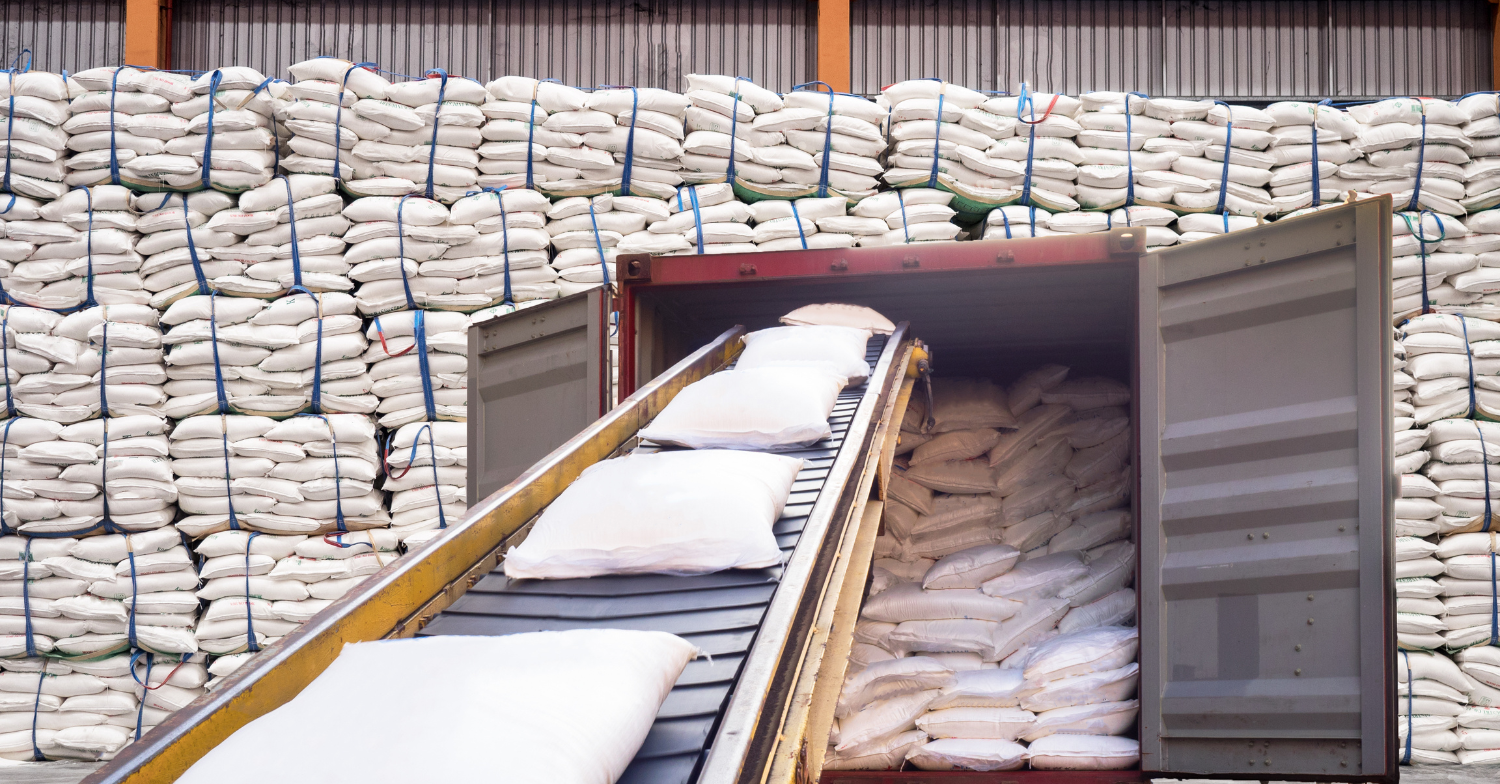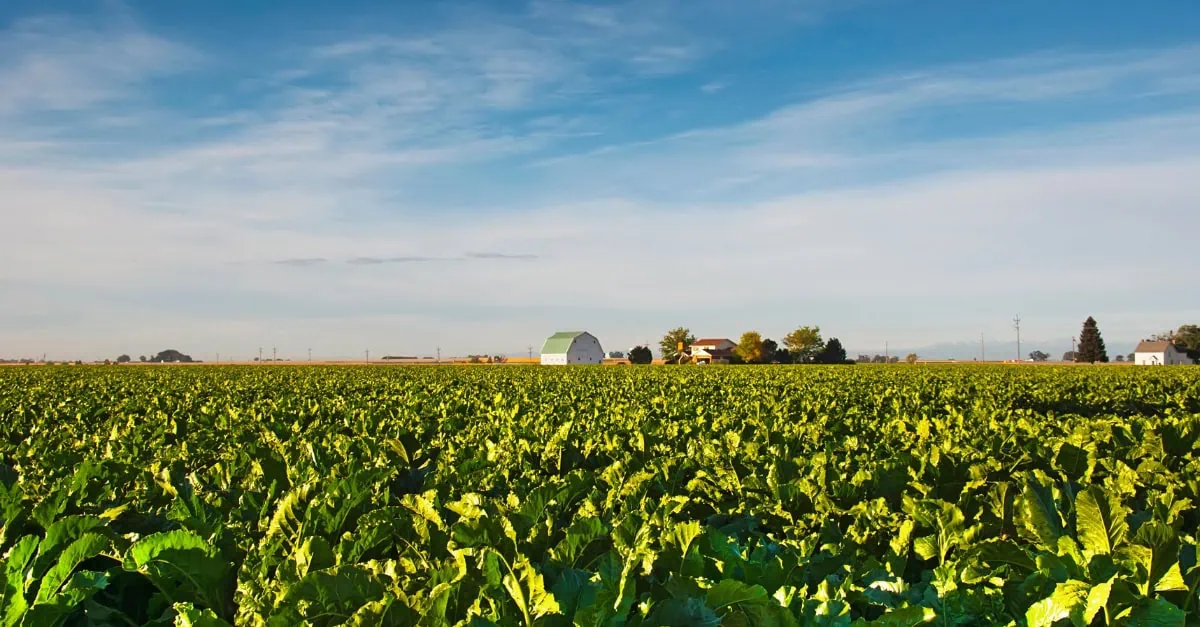2.5 million tonnes of raw sugar purchases exhaust import quota while regional weather conditions boost crop prospects
June 2, 2025 – Vesper East Asia Quarterly Analysis
China’s return to the global sugar market has created significant ripples across East Asian commodity trading, with Chinese buyers purchasing an estimated 2.5 million tonnes of raw sugar during May – completely exhausting the Available Import License (AIL) quota at 50% duty rates. This massive buying spree has fundamentally altered market dynamics, reinforcing the trading adage that “Chinese buying is bearish” as it removes the largest scale buyer from near-term market activity.
Chinese import surge reverses dramatic decline
The May purchasing boom represents a stark reversal from China’s sluggish import activity earlier this year, with January-April imports totaling just 280,000 tonnes – a 77.3% drop compared to the same period in 2024. This dramatic shift comes despite China experiencing a very good domestic crop, highlighting the complex interplay between domestic production and strategic import timing.
Market analysts are closely watching whether additional purchases will materialize, as shippers may maximize tonnage delivery if sugar prices remain around 17 cents or below, potentially adding another 125,000 tonnes of imports through quota tolerance mechanisms.
The Chinese customs service continues to grapple with innovative import strategies, including resumed liquid sugar and blend imports through regulatory loopholes that allow colored substances to enter the market. Total alternative imports in dry sugar equivalent could reach 500,000 tonnes this year, creating additional complexity for market forecasting.
Thailand’s production outlook brightens significantly
Abundant rainfall and optimal growing conditions are driving bullish production estimates for Thailand’s 2025/26 crop. Current projections range between 100-105 million tonnes of cane, but favorable weather patterns suggest potential output could reach 110 million tonnes, translating to approximately 12 million tonnes of sugar production.
Despite strong production prospects, Thai exports currently lag 8% behind last year’s comparable period, potentially due to slower Indonesian demand or operational delays in pricing mechanisms. The complex interaction between letter of credit arrangements and pricing strategies continues to influence export timing decisions.
Tapioca price depression – at six-year lows – combined with reduced Chinese demand for tapioca products, is encouraging farmers to maintain or expand sugar cane cultivation for the 2026/27 season, supporting medium-term production growth expectations.
Australia faces production challenges
Australia’s sugar industry confronts significant headwinds with production estimates around 3.8 million tonnes raw value following severe weather impacts, particularly affecting Queensland’s northern regions. While New South Wales operations avoided recent catastrophic flooding, the industry continues struggling with structural challenges including limited cane area expansion despite higher sugar prices.
The sector’s transformation toward sustainable energy represents a strategic pivot, though key biofuel projects like Advanced Energy Group’s Maryborough mill conversion appear stalled, limiting diversification progress.
Malaysia’s self-sufficiency ambitions
MSM, Malaysia’s leading sugar refiner, announced plans to resume domestic cane cultivation, seeking greater self-sufficiency amid currency pressures and controlled pricing challenges. However, the company’s 91% profit plunge in Q1 2025 compared to 2024 highlights the financial pressures facing regional refiners.
Historical precedent suggests challenges ahead, as British colonial attempts at large-scale Malaysian cane cultivation proved unsuccessful due to suboptimal climatic conditions, leading to the focus on rubber production instead.
Regional market implications
The combination of Chinese buying exhaustion and strengthening regional production creates a complex outlook for East Asian sugar markets. While immediate Chinese demand has been satisfied, the potential for additional imports through various mechanisms maintains uncertainty.
Key factors shaping the regional outlook:
- Chinese domestic consumption patterns amid economic uncertainty
- Thai production maximization potential with favorable weather
- Australian industry structural transformation progress
- Malaysian self-sufficiency project viability
The regional market dynamic shift following China’s major purchasing activity will likely influence trading patterns and pricing strategies across East Asia through the remainder of 2025.
This analysis highlights key developments from Vesper’s comprehensive East Asia and Oceania quarterly sugar market report. Access the full report here: https://app.vespertool.com/market-analysis/1977





